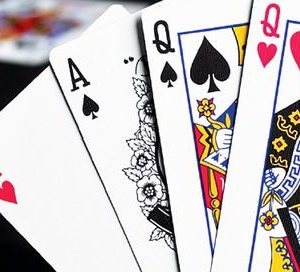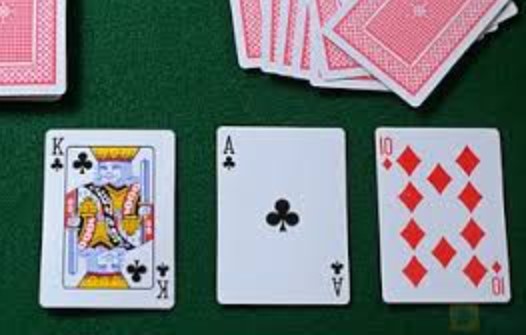Overplaying Sets in Omaha Poker

Just like in Texas Hold’em, when you get a pair in Omaha, you are looking to make a set or better with your hand. The only problem with a set in Omaha is that it is not as safe as it may be in Hold’em.
As such, you need to be really careful when you do flop your set to make sure that you do not get yourself trapped and behind. Let’s take a deeper look at playing sets in Omaha.
Is Your Set the Nuts
A great example of why you shouldn’t fall in love with every set that you hit came in a game I played in last night. I started with J-J-10-8 with a J-8 of clubs. The flop then fell A-J-3. My opponent did not raise pre-flop, so I felt relatively certain that I was ahead. My opponent bet out into me about 1/2 the size of the pot and I made a pot sized bet.
She then potted me back for the rest of my stack. I made a call and began to ask myself if she slow played aces. No, she fast played a set of threes. She fell in love with the hand, and wound up being eliminated.
Part of my play was in the above example was based on my read of the situation, but at the same time, there might have been a chance I was behind to a set of aces. When you flop a set, you need to evaluate first to see if it is top set and if you are playing the nuts at this point in the hand.
If it is not, you need to evaluate whether the action pre-flop. Did your opponent raise? Did they call raise from you? Was there a three-bet? How have they played big hands in the past hands.
Draw Heavy Boards
Beginner players make a massive mistake overplaying sets on draw heavy boards. The the earlier example, the only hand I am worried about is K-Q as they have a shot at a broadway draw.

However, what happens if the flop was something like Jh-10h-6d? Now we have some things to consider. There are multiple draws that this flop plays into, and none of them ours. Our flush potential was eliminated and if we somehow back into a straight, it will probably be a sucker end of the straight.
In this second case, we are flipping at best and behind if the person has a monster wrap draw.
Later Streets
If you flop a set in Omaha, you want to make a full house. Preferably, you want the nut full house. If you flop a set and there is a draw out there, you are going to be hard pressed to call a bet on the turn or river. The best scenario is a rainbow, uncoordinated flop that at best only develops into a potential draw.
The primary downside to the board pairing is that most good Omaha players are not going to give you significant action after that board pairs. This is doubly true if you have a solid image. Bad players might give you some action, but even bad players are generally going to slow down on paired boards.
Unfortunately, there are times where you will have to get your money in on the flop while a set is vulnerable. In Omaha, it is right to play a monster draw fast and some players will commit their entire stack when they have a big wrap or wrap with flush draw. In these cases, you will have to hope to hold.
Don’t fall in love your with your sets unless you are holding the nuts. Granted, there are many times a middle or even bottom set will hold up. There are just as many times that your 2nd or 3rd set will be trumped or a draw gets there. Constant board evaluation and reading of your opponents is crucial to keep yourself from getting into too much trouble.
